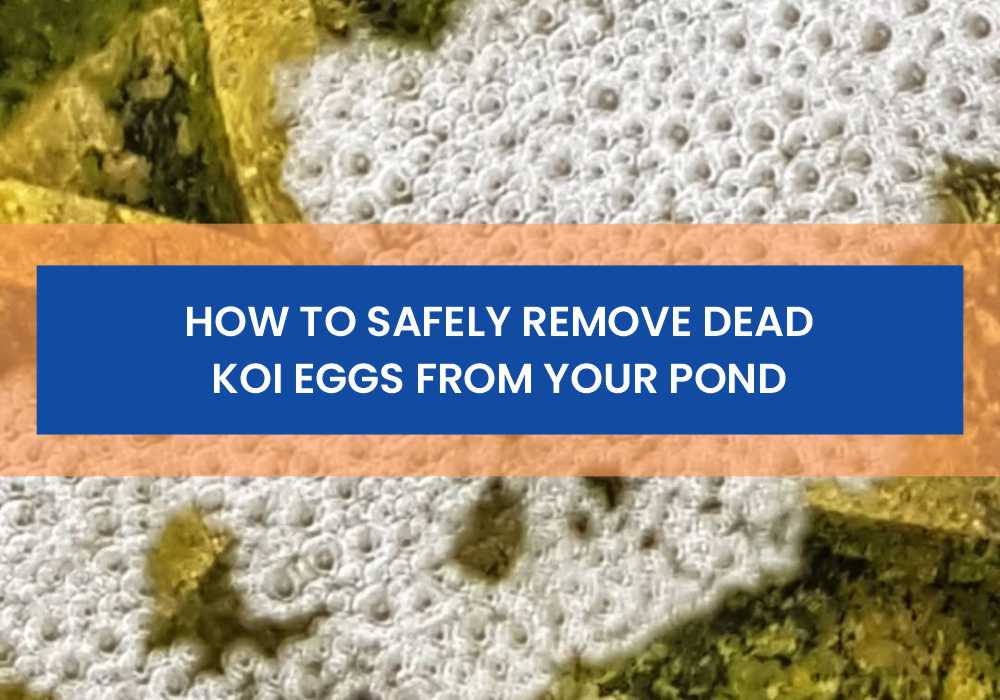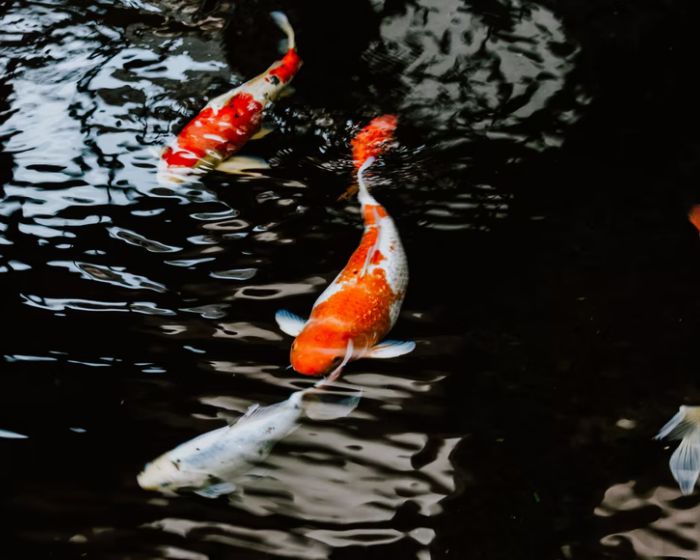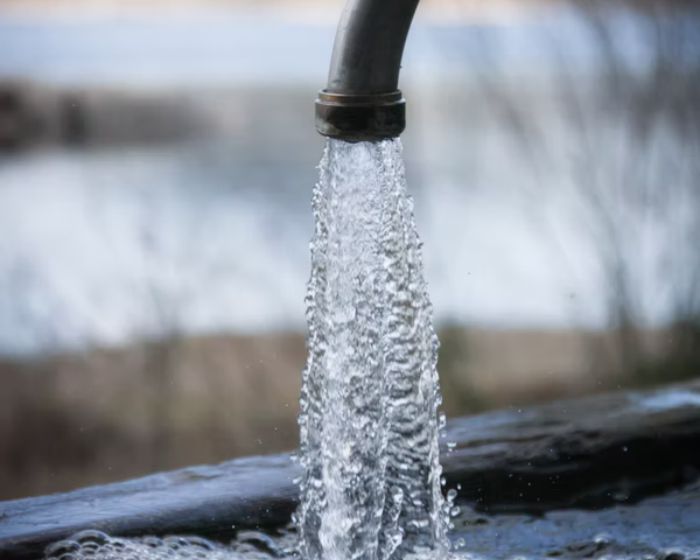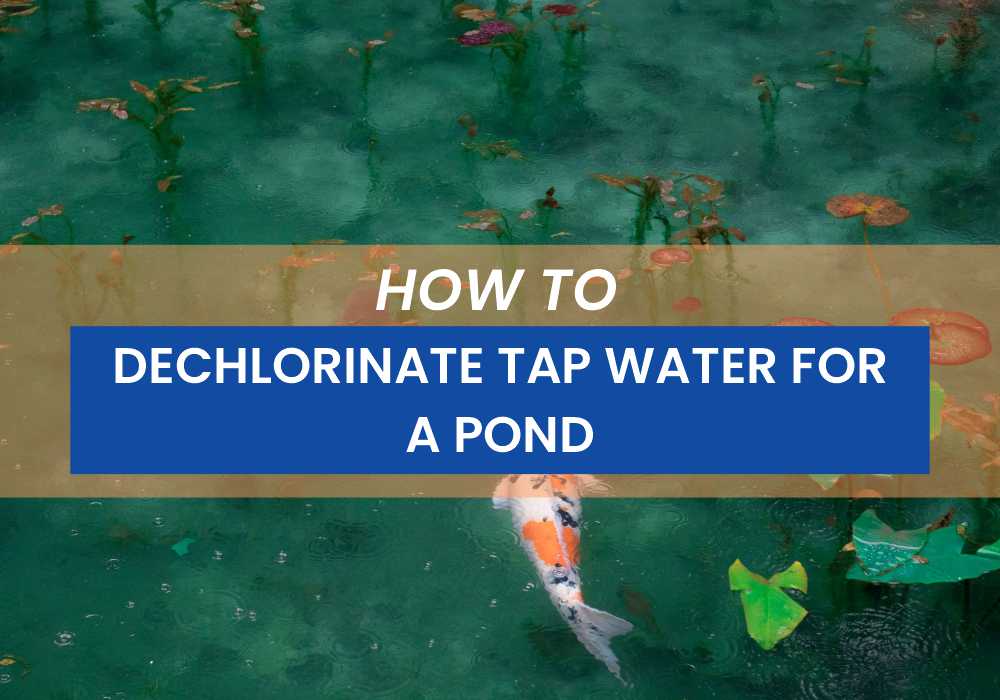As an Affiliate, We may earn a commission that doesn't cost you extra from qualifying purchases using links in this post. It helps keeps this blog running.
Dead koi eggs can have a detrimental impact on a koi pond if they are not removed promptly. Koi eggs are vulnerable to disease and infection, and if left in the pond, dead eggs can potentially spread illness to the other koi and other pond inhabitants. Dead koi eggs can contribute to poor water quality and create unsightly debris in the pond. This is why it’s important to quickly identify and remove dead koi eggs as soon as they are discovered in order to maintain a healthy and attractive pond environment.
[Read here to know the cause and learn how to identify dead koi eggs]
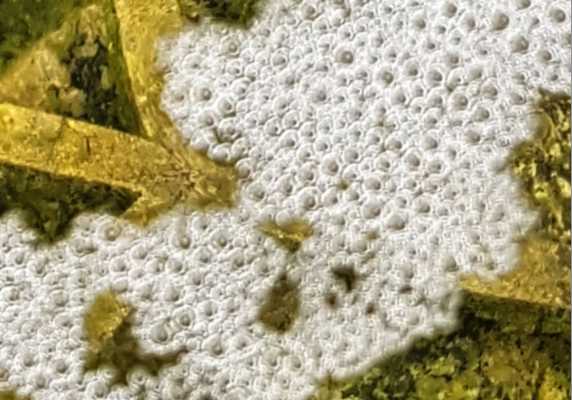
Dead koi eggs can have a detrimental impact on a koi pond if they are not removed promptly. Koi eggs are vulnerable to disease and infection, and if left in the pond, dead eggs can potentially spread illness to the other koi and other pond inhabitants. Dead koi eggs can contribute to poor water quality and create unsightly debris in the pond. This is why it’s important to quickly identify and remove dead koi eggs as soon as they are discovered in order to maintain a healthy and attractive pond environment.
Total Time: 3 minutes
1) Prepare The Necessary equipment and supplies.
The first step in safely removing dead koi eggs from a pond is to prepare the necessary equipment and supplies. This may include a small net, a bucket or container, and gloves. It is important to have all of these items ready before beginning the removal process to ensure that it goes smoothly and safely. The small net will be used to gently scoop up the dead koi eggs, while the bucket or container will be used to hold them until they can be properly disposed of. Gloves should be worn to protect the hands and to prevent the spread of any potential diseases.
2) Locate The Dead Koi Eggs.
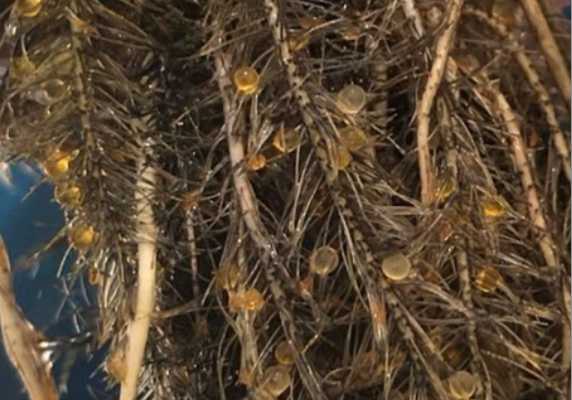
In this step, your focus should be on accurately identifying the eggs that need to be removed. This may require carefully inspecting the pond and looking for any signs of dead eggs, such as discoloration or lack of movement. Healthy koi eggs are typically a pale, milky color and will exhibit some movement when touched. Dead koi eggs, on the other hand, maybe darker in color and will not move when touched. It is important to accurately identify dead koi eggs in order to properly remove them and prevent the spread of disease in the pond.
3) Scoop Up The Dead Eggs
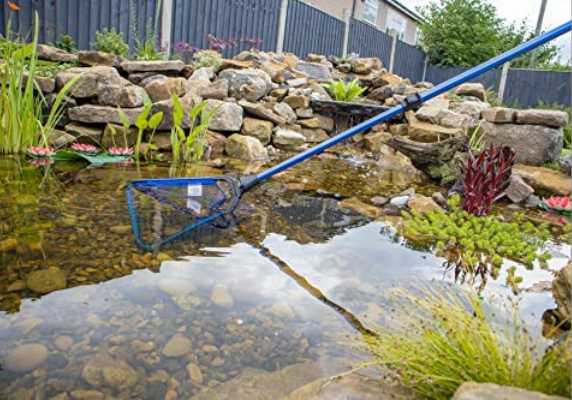
Use a small net to carefully scoop up the dead eggs and place them in a bucket or container. Be gentle to avoid damaging the surrounding plants or disturbing the other healthy koi. It’s important to handle the dead eggs carefully to prevent the spread of disease to the rest of the pond inhabitants. Once the dead eggs are collected, they can be disposed of properly.
4) Dispose of Dead Eggs Properly
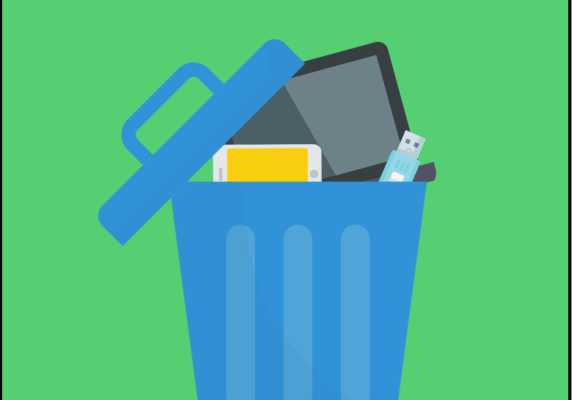
It’s important to get rid of the dead koi eggs by properly disposing of them. This may involve burying the eggs in a designated area away from the pond, or placing them in a sealed container and disposing of them in the trash. It’s crucial to dispose of the dead koi eggs in a way that prevents them from contaminating the pond and spreading disease to healthy koi. It may also be necessary to follow any local regulations or guidelines for disposing of dead koi eggs (if any).
5) Clean and Disinfect
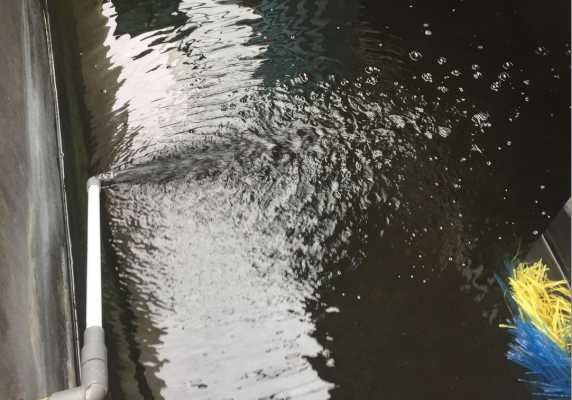
After disposing of it, you now need to clean and disinfect the equipment used to remove the dead koi eggs. This is an important step to prevent the spread of disease to healthy koi and other pond inhabitants. To do this, thoroughly rinse the small net and any other equipment with clean water, and then use a disinfectant to sterilize them. Allow the equipment to air dry before storing it or using it again. This simple step can help protect the overall health of your pond ecosystem.
6) Monitor the Pond
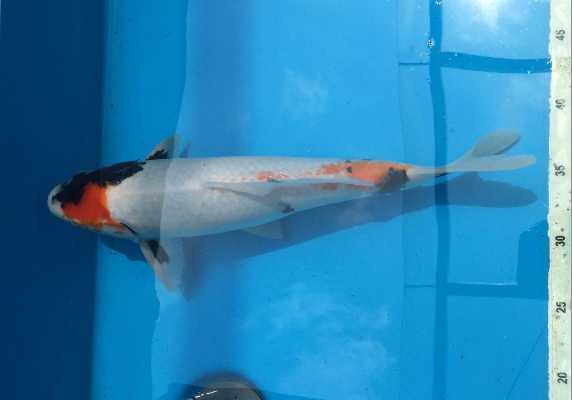
After getting the dead koi eggs out, you should regularly monitor the pond and remaining koi eggs to ensure that no further issues arise. This involves checking the water quality, observing the behavior and health of the koi, and looking for any signs of dead or unhealthy eggs. By staying vigilant and addressing any potential issues promptly, it is possible to prevent future occurrences of dead koi eggs and maintain a healthy pond environment.
The removal of dead koi eggs is important for maintaining the health of a koi pond. Dead eggs can spread disease to the other fish and plants in the pond, potentially leading to significant losses. By promptly identifying and removing dead koi eggs, pond owners can prevent the spread of disease and ensure the continued health of their pond inhabitants.
Maintaining a healthy koi pond environment can prevent the development of dead koi eggs in the first place. As a pond owner, you can do this by regularly checking the water quality, ensuring the health of your koi is great, and taking steps to prevent the introduction of diseases by getting rid of dead koi eggs in your ponds in order to maintain a healthy and thriving koi population.

I’m Akin Bouchard. Even though I now own several different fish species, I first became a koi pond owner because I loved these creatures and wanted to turn my passion into something more serious. I take pride in my collection of koi fish and love sharing my knowledge with others interested in these beautiful creatures.
A Comprehensive Guide to Training Your Fish to Perform Amazing Tricks Feats

